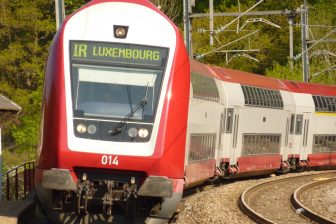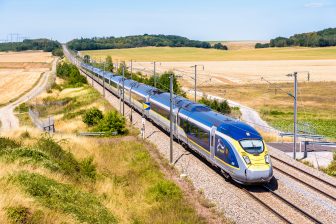
Pandemic-driven megatrends present opportunities for rail
Passengers unboard a train at Ljubljana station, source: Miško Kranjec via Slovenske železnice
The corona pandemic has opened up a window of opportunity for the international railway sector. While hit hard, rail could raise its competitive advantage and bolster its market share vis-a-vis other modes of transport, the Worldwide Railway Organisation (UIC) and Germany consultancy firm Roland Berger conclude in their latest report Mobility post-Covid.
Want to read more?
You have read all of your free premium articles for this month. Please become a subscriber to keep reading.
Subscribe now!
Take advantage of our exclusive offer to get full access to all premium content.




